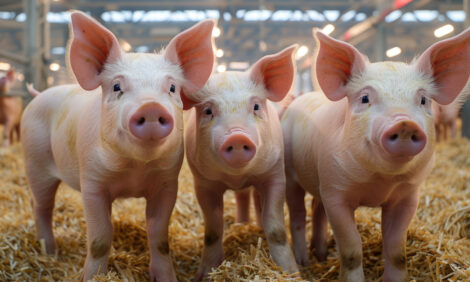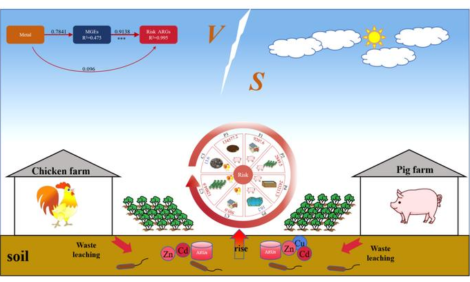



Pork CRC Highlights Human Health Advantages of Pork
Pork CRC has made a significant contribution towards demonstrating the natural human health advantages of pork and using these to boost consumption.
Establishing the natural human health advantages of pork, verifying them and then using the information in the marketing of fresh pork was always going to be a big ask.
However, Pork CRC Programme Three has managed to make some positive inroads into showing that ‘There’s Something about Pork’.
Outcomes and highlights included:

- First human research by the Australian pork industry to understand the benefits of consuming pork as part of a meal for weight loss, satiety, thiathiamine status control in overweight/obese type 2 diabetics and iron status of young women.
- Three published papers in highly cited international human nutrition journals arising from projects in Programme 3A.
- Strengthened links with human nutritionists.
- Evidence obtained that regular consumption of lean fresh Australian pork may improve body composition without adversely affecting risk factors for diabetes and cardiovascular disease after only three months of eating pork (compared with habitual diets), without restricting energy intake or changing total protein and total meat intake.
- Pork in a healthy diet is equally effective to lean beef or chicken for its effect on satiety and release of appetite-related intestinal hormones and insulin.
- Demonstrated that lean pork is a valuable alternative protein source within higher protein dietary patterns that can be used effectively for weight and diabetes management. Relative to a high carbohydrate diet, a high protein, high pork diet had a significantly greater thiamine intake and improvement in thiamine status of overweight/ obese type 2 diabetics.
- Consuming a higher protein, high pork diet, together with resistance exercise for 16 weeks, was most effective for weight loss, fat loss, improvements in body composition and insulin sensitivity in overweight/obese type 2 diabetics, compared to a high protein diet without resistance exercise, or with a high carbohydrate diet without resistance exercise.
- Consumption of pork meat by young women maintains haemoglobin levels to the same extent as low-dose iron supplementation and enhances the feeling of wellbeing.
Feeding Formulas
Determining appropriate feed formulations and feeding protocols for cost-effective production of a range of consumer preferred trace mineral enriched fresh pork products was also a challenge faced by Programme Three.
Its delivery targets included demonstrating bioavailability and bio-efficacy of trace mineral enriched pork products produced using cost effective trace mineral enrichment with organic dietary trace minerals.
Outcomes and highlights included:
- Feeding pigs an organic selenium supplement increased muscle selenium content of pork in a linear manner compared to pigs fed a control or non selenium diet, without affecting growth performance, carcase composition or meat quality.
- The bioavailability and efficacy of muscle bound selenium resulted in reduced incidence of early stage bowel cancer compared with supplementing rats with inorganic or organic selenium.
- Selenium enriched pork was found to be effective in preventing pre-neoplastic lesions in rats, an early biomarker of colorectal cancer.
- Iron content in pork has been shown to be moderately correlated to haemoglobin measures on live pigs, indicating potential use as a selection criterion for increasing iron levels in pork.
November 2011








